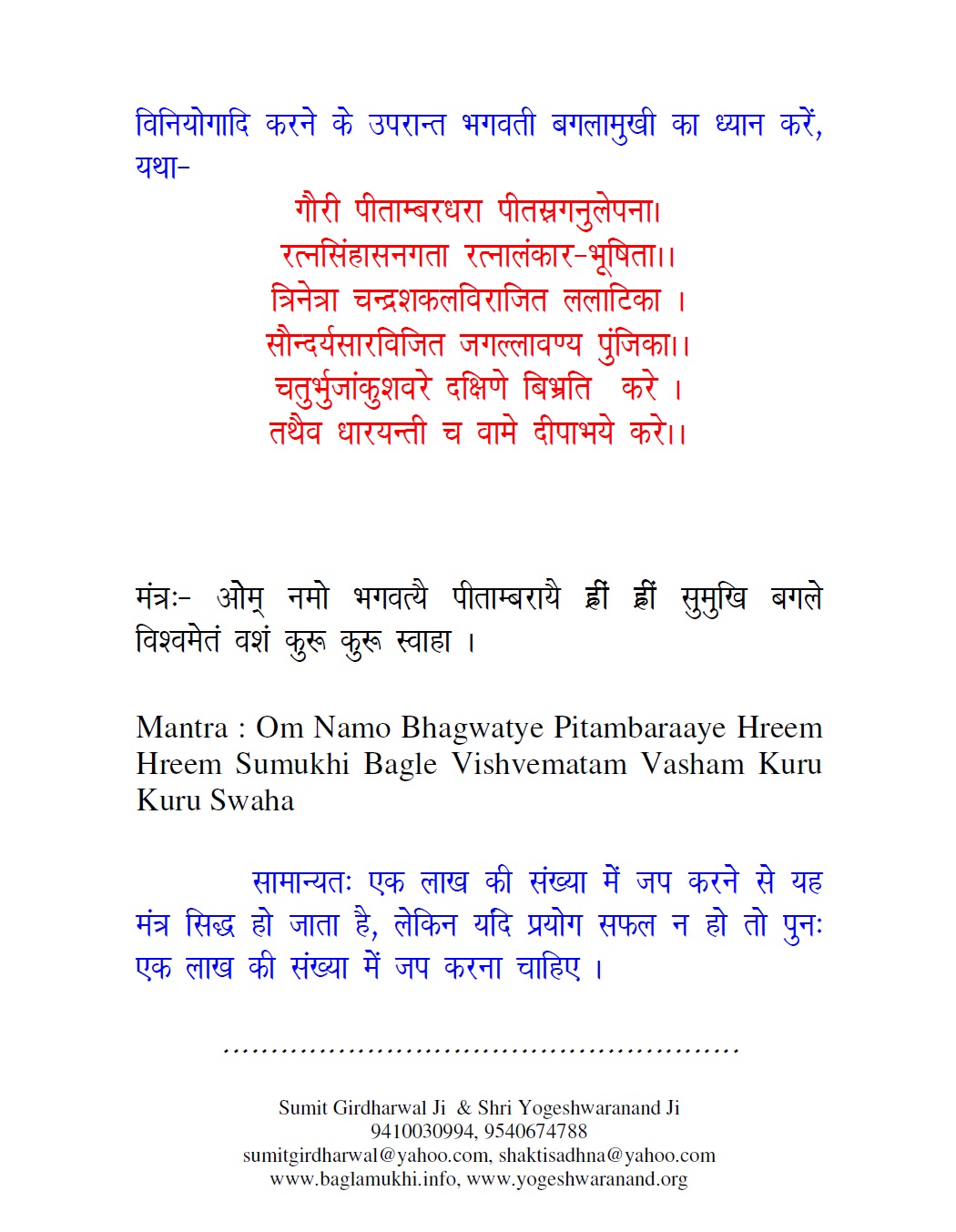


In tantra, Kashi is recognized as Agya Chakra, which is located between the eyebrows. Also, Lord Kalabhairava is the lord of the city of Kashi. So, Kalabhairava is someone who is neither yesterday nor tomorrow. The spiritual symbolism behind Kalabhairava So shvaana means something which is neither yesterday nor tomorrow, something which is only in the now, the present moment. In Vedic literature, the meaning of shva is tomorrow as well as yesterday, and the meaning of na is not. Shvaana is formed from two words shva and na. In spirituality, the words ‘death’ and ‘time’ are symbolic. It is the most fearsome depiction of Lord Shiva. The vehicle of Kalabhairava is shvaana (a dog). Before finding out what it is, let us first read the lyrics of Kalabhairava Ashtakam. The depiction of this form may seem at odds with the dispassionate, calm, and meditative form that many pray to every day, but there is a deep symbolism associated with Kalabhairava. This form of Shiva, described by Adi Shankaracharya in the Kalabhairava Ashtakam, is shown to be naked, black, entwined with a garland of skulls, three eyes, weapons of destruction in his four hands, and entwined with snakes. But, one of the most fearsome avatars of Lord Shiva is the Kalabhairava. Although his original ascetic form is widely revered, his Pashupatinath and Vishwanath avatar are also quite famous. Lord Shiva has several forms and avatars (manifestation of a deity in physical body form).


 0 kommentar(er)
0 kommentar(er)
